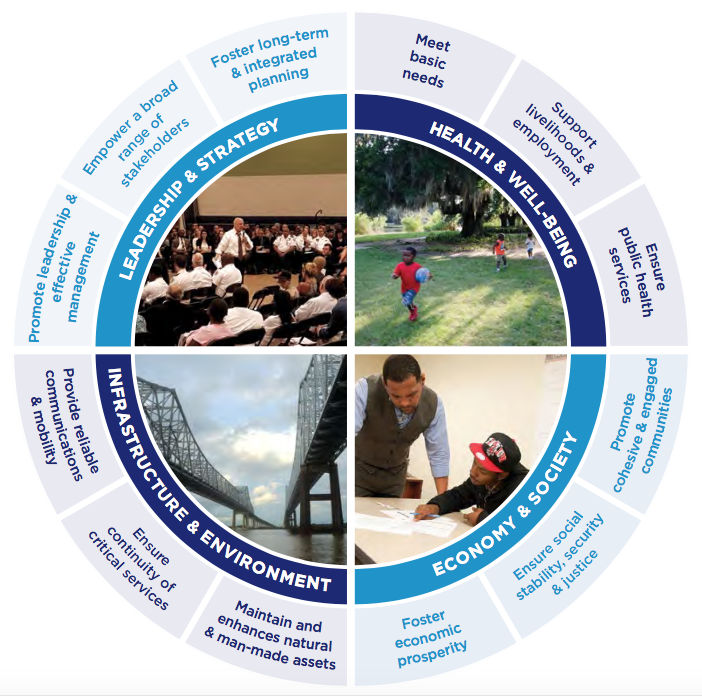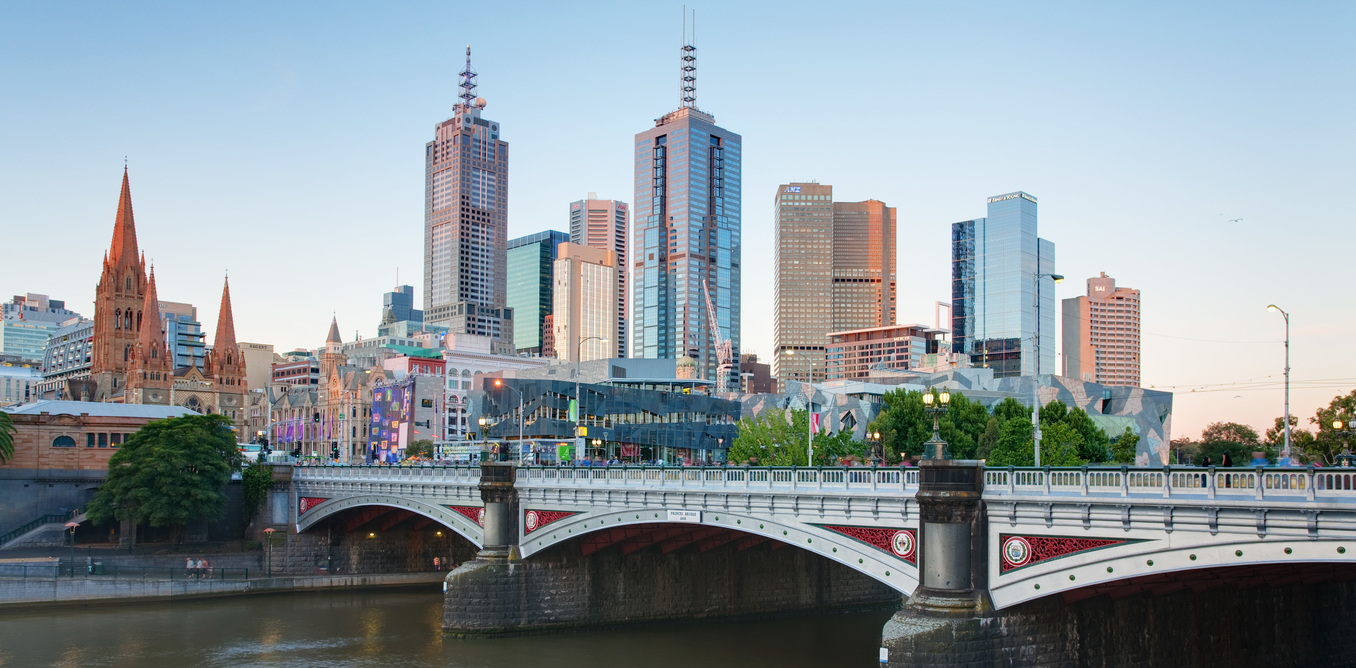TALK
Peter Calthorpe, TED, April 2017
So there are seven principles that have now been adopted by the highest levels in the Chinese government, and they’re moving to implement them. And they’re simple, and they are globally, I think, universal principles.
One is to preserve the natural environment, the history and the critical agriculture.
Second is mix. Mixed use is popular, but when I say mixed, I mean mixed incomes, mixed age groups as well as mixed-land use.
Walk. There’s no great city that you don’t enjoy walking in. You don’t go there. The places you go on vacation are places you can walk. Why not make it everywhere?
Bike is the most efficient means of transportation we know. China has now adopted policies that put six meters of bike lane on every street. They’re serious about getting back to their biking history.
Complicated planner-ese here: connect. It’s a street network that allows many routes instead of singular routes and provides many kinds of streets instead of just one.
Ride. We have to invest more in transit. There’s no silver bullet. Autonomous vehicles are not going to solve this for us. As a matter of fact, they’re going to generate more traffic, more VMT, than the alternative.
And focus. We have a hierarchy of the city based on transit rather than the old armature of freeways.
It’s a big paradigm shift, but those two things have to get reconnected in ways that really shape the structure of the city.
To visit Calthorpe Associates website click here.












